Holden’s death: What led to the demise of Australia’s once favourite car brand
There’s been much speculation on what caused the death of an Australian brand, but the truth is there are many reasons Holden is completing its final lap.
Motoring
Don't miss out on the headlines from Motoring. Followed categories will be added to My News.
- PM ‘angry’ about Holden’s Australia closure
- Holden’s Australia closure explained: What it means
- Ford’s new supercar rivalling Mustang
When the final autopsy is done on the remains of Holden, the immediate cause of death will be a lack of supply.
Head office turned off the life support this week, cutting the pipeline from North America, Thailand and Korea.
But Holden has been terminally ill for a long time.

BEGINNING OF THE END
The fatal blow was struck as far back as 2013, when then Treasurer Joe Hockey dared GM to put up or shut up about its plans for the Holden plant in Elizabeth, South Australia. GM was asking for $750 million to build the next Commodore and Hockey wanted a commitment before signing another cheque. Successive governments had handed over $2.7 billion in subsidies to Holden between 2001 and 2012.
Soon after, Holden’s then managing director, Mike Devereux, announced the company would close the plant and sales nosedived.

A VICTIM OF SUCCESS
Some argue the brand’s demise had its roots in the late 90s. The runaway success of the VT Commodore blinded executives to the seismic shift to SUVs about to occur.
In 1998, Holden sold more than 100,000 Commodore sedans, wagons and utes. Commodores accounted for roughly one in five passenger car sales. To put that in perspective, Holden’s entire range attracted a little more than 40,000 buyers last year.
At the 1998 Sydney motor show it unveiled the Commodore coupe and fans swooned. It was meant to be a concept only, but the sleek two-door V8 created such a stir, it became the reborn Monaro.
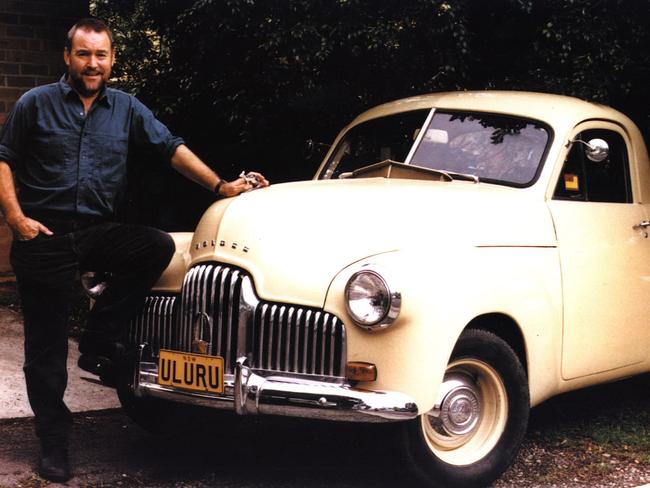
In 1999, Holden reclaimed its mantle as Australia’s favourite brand and by 2002 it was selling more than 170,000 cars. The Commodore, which had been number one since 1995, would continue as Australia’s top-seller until 2009, leaving the arch rival Ford Falcon in its wake.
One senior industry research analyst, who declined to be named, said the passionate Ford versus Holden battle ultimately worked against them.
“Both brands had a lot of lovers, but they also had a lot of haters. Holden fans bagged Ford and vice-versa. They contributed to their own demise by being so focused on each other.”
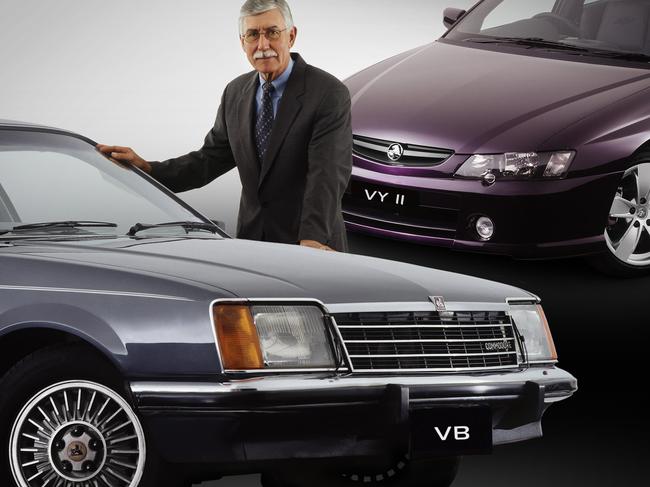
THE SUV REVOLUTION
Toyota brought out the family-sized, city-friendly Kluger SUV in 2003, bolstering a line-up that already included the smaller RAV4 and the larger Prado and LandCruiser. While Ford answered with the critically acclaimed Territory, Holden’s response seemed an afterthought. The Adventra was essentially a jacked up version of the Commodore wagon. It was a half-hearted attempt and bombed accordingly. Holden had pitched the idea for a global SUV to head office but was rebuffed.

Holden’s subsequent efforts did more harm than good. The South Korea-sourced Captiva was a poorly built, unreliable, low rent offering, while the budget Trax sold on price alone. Toyota had a fully formed, high-quality SUV line up by 2003. GM didn’t give Holden with a decent SUV line-up until 2018, when the Acadia joined the Equinox in local showrooms. Tellingly, when Holden asked for that $750 million, it was to build a new Commodore, not an SUV.
The research analyst said Holden failed to react to changes in customer preferences.
“In the end they didn’t have the products people wanted and they became irrelevant,” he said.
Without a strong SUV range, the brand lost customers when it came time to turn over their vehicle.
“Two-thirds of people change segments when they change their car and they didn’t have the range to offer attractive options,” he said.

FRAGMENTATION
Even if Holden had decided to replace the Commodore with an SUV, the sums wouldn’t have added up. No one vehicle dominates the market like the Commodore once did. The market has splintered into small niches — there are ten distinct SUV segments alone. Even if it were a top-seller, a locally built vehicle couldn’t keep a factory going.
When it closed the Elizabeth plant was building fewer than 30,000 vehicles a year. Toyota’s two Chinese plants pump out roughly 600,000 each.
Scale is king in the car industry. The number of sales ultimately determines the size of the research and development budget. Toyota sells almost one million Corollas a year, while the homegrown Commodore attracted less than 25,000 buyers in its last year on sale.
That meant developing cars on a shoestring budget, which affected its ability to compete.
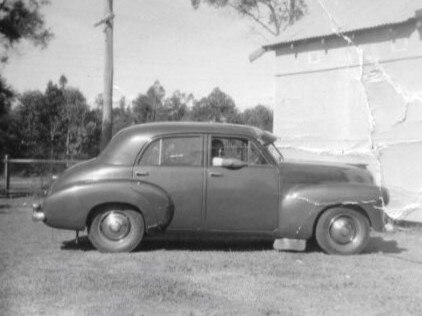
COMPETITION
The gradual phasing out of tariffs at the beginning of this century left Holden exposed to the full brunt of global competition. Crucially, while tariffs on cars were 15 per cent in 2000, SUVs paid only 5 per cent, giving them an unfair advantage.
Japanese car makers were formidable opponents, with their multi-billion dollar development budgets, extensive SUV ranges and most importantly, their reputations for quality and reliability.
The Commodore — and later the Cruze and Captiva — had reliability dramas.
Rival customers who had enjoyed a fuss-free ownership experience would return to their dealer for the next model, while Holden and Ford buyers would shop around.
As Toyota owners raved about their cars, Holden owners had cautionary tales.
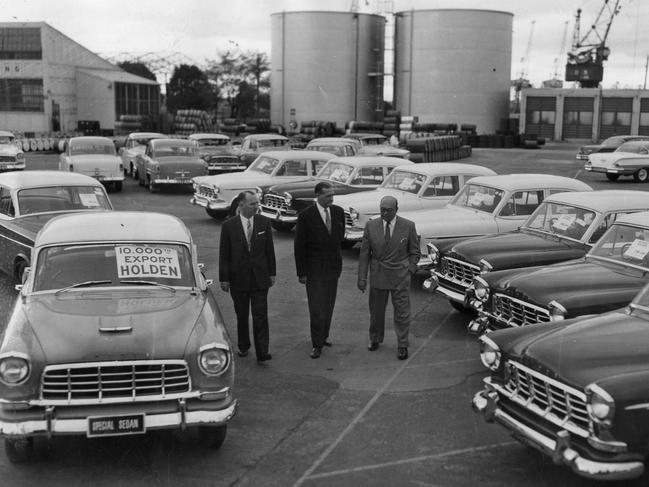
SHEER BAD LUCK
Holden secured a deal to export the VE Commodore car to the United States as a Pontiac. The export deal meant Elizabeth could run at its full capacity of 200,000 cars, with a 50-50 split of domestic and export products.
Deliveries began in the first quarter of 2008. The global economy collapsed soon after, General Motors went bankrupt and Pontiac was killed off. A soaring Aussie dollar meant other export options dried up, while labour costs made it impossible to compete with low-cost plants in Thailand. To add salt into the wounds, free trade agreements with Thailand, Korea and Japan made imports cheaper but provided no meaningful export opportunities for Holden.
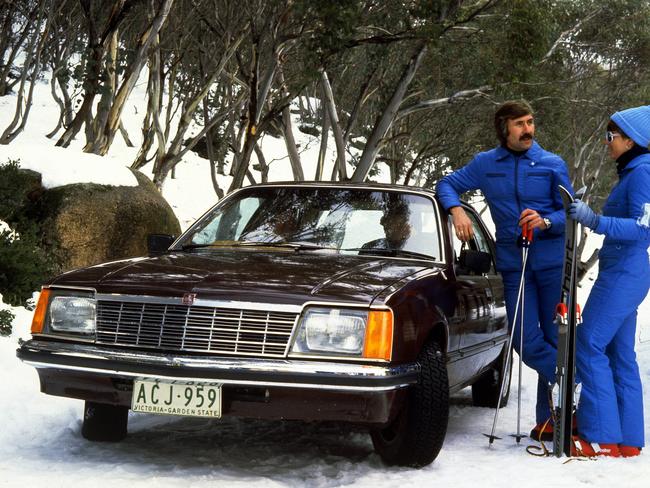
CHANGING TASTES
The pool room experts will tell you Holden blew it when they got rid of the homegrown V8 but the reality is Australia long ago moved on from hairy-chested sedans.
An industry expert says Holden’s brand image didn’t adjust to the shift in buyer preferences.
“We’re a far more global, multicultural country these days,” he says.
We still love football and kangaroos but are looking for something more exotic than meat pies and Holden cars.
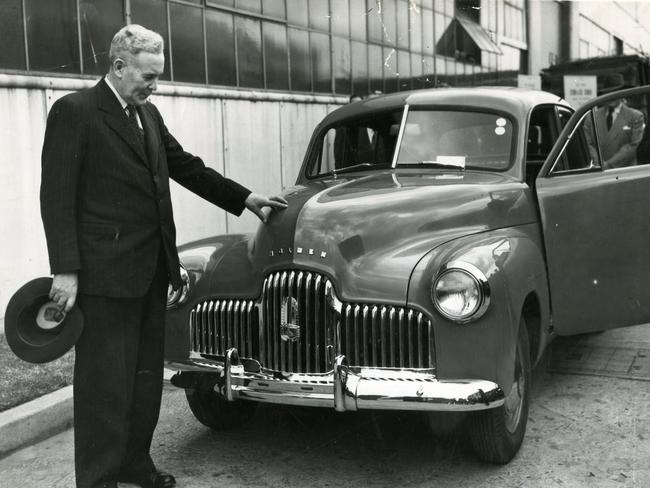
Key dates in the decline of Holden
2003 – Holden loses market leadership to Toyota – 175,412 sales
2006 – The launch of the VE Commodore – 146,511
2013 – Holden announces the closure of its plant – 112,059
2017 – Holden closes the plant – 90,306
2019 – Holden axes the Commodore – 43,179
